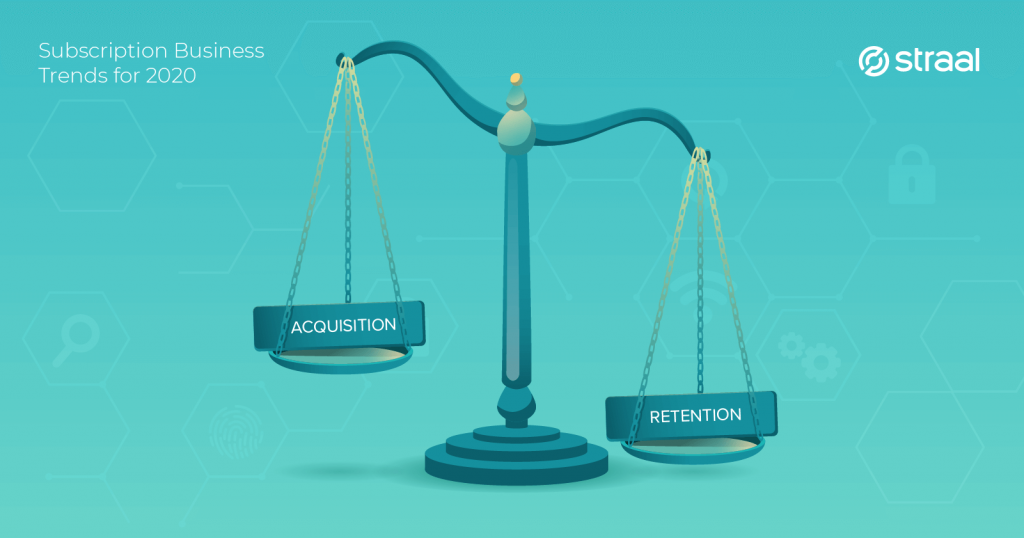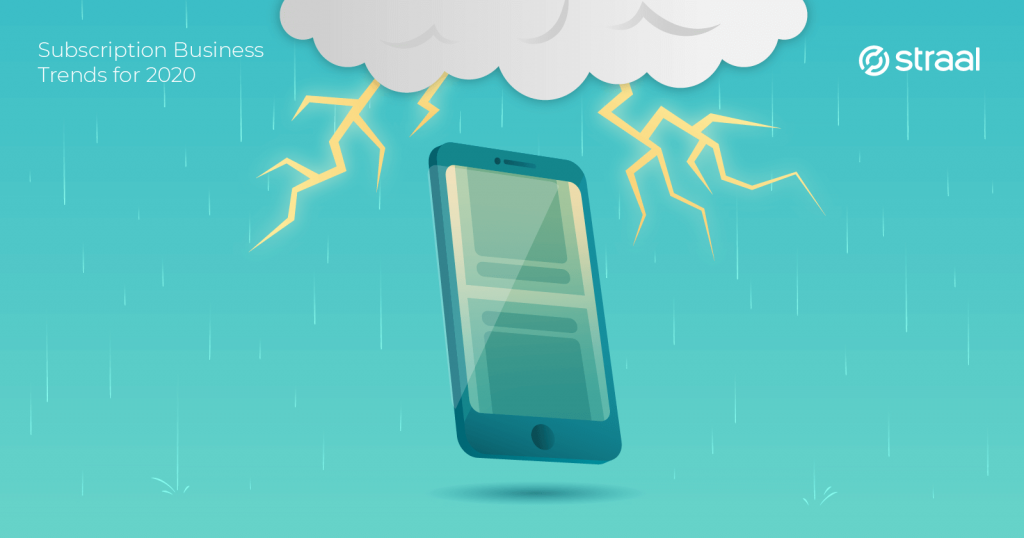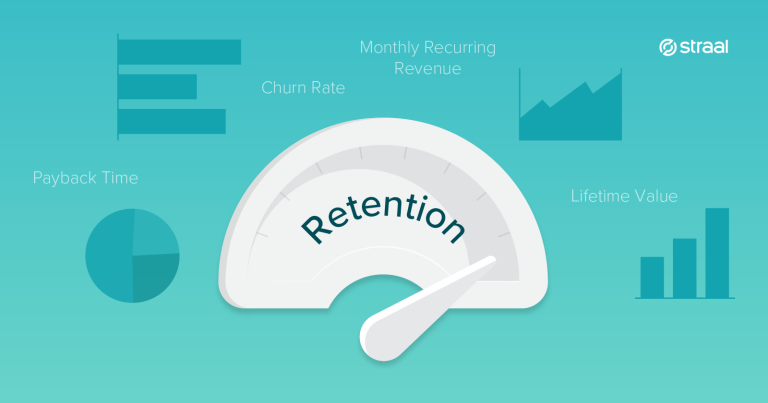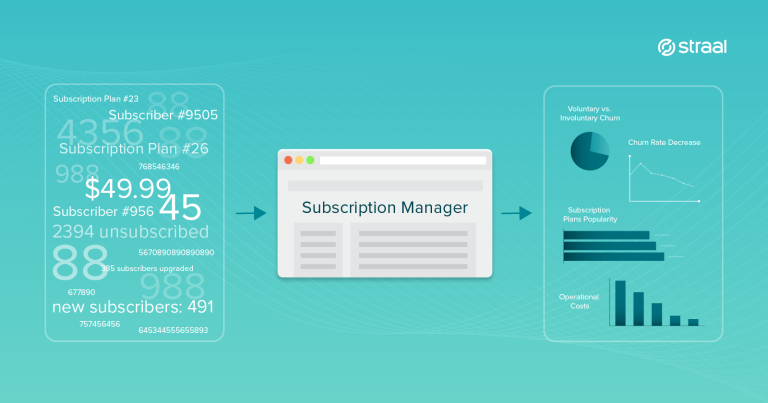2019 was another year of massive migrations to the subscription-based business model. Traditionally associated with boxes packed with consumer goods, with software distribution or a service, the subscription market has grown substantially, taking over nearly all product and service categories one can think of. Nonetheless, it has not matured yet, and every subscription business owner should keep track of the tendencies shaping consumer habits in this area. What to expect in 2020? See our list of major trends!

Subscription Business Trend #1: User Experience Above All

The subscription market is becoming highly competitive. Taking the IT industry as an example, Gartner was right predicting that all new software providers and most of those already present will sell their products in the subscription model by 2020. As the model provides stability and predictability of revenue, 70% of business executives across industries say that subscriptions will be the key to their future commercial growth, as Manifesto Growth Architects reports.
As the competition is getting truly fierce, products themselves are no longer sources of competitive advantages, especially on the digital goods market. Think of video streaming services: there are plenty of providers, and although you can argue whose series are best, the core offering of such companies is very much alike. Yet, whenever customer experience proves poor, subscribers feel tempted to switch to another company.
According to Walker, flawless user experience is already becoming more relevant to customers than the product and its price. Starting with intuitive interfaces and mobile optimization and ending at frictionless checkout, 2020 is going to be a year of chasing impeccable subscription UX.
Subscription Business Trend #2: Data-Driven Subscriptions

In 2019, everything was about data. In 2020, it will still be.
Data-driven marketing and sales have become buzzwords and there’s a good reason for that. According to Venture Harbour, 79% of top-performing companies have been using marketing automation tools for several years now. Relying business decisions on data rather than intuition is simply wise.
The same applies to subscription management: choosing a payment service provider that keeps up with the market dynamics enables you to track subscriber data and convert it into actionable insights. Well-designed subscription management software informs you which subscription plans are the most popular and what overall revenue they generate. Such metrics help business executives understand the reasons behind subscriber churn rate, which is said to be the biggest challenge of subscription-based businesses.
Subscription Business Trend #3: Even More Focus on Retention

Subscribers are a special kind of customers. They are more loyal, more emotionally tied to your brand and generate higher revenue throughout their lifecycle. However, to make it all come true, businesses must take special care of them.
On the subscription market, customer retention becomes more relevant than the acquisition. As I’ve mentioned before, subscriber churn (especially the voluntary one) is said to be one of the biggest challenges of subscription marketing. According to Forrester, churn causes subscription companies to lose even 34% of their customers. Effective customer retention addresses the problem of churn, securing long-term revenue generated by loyal service users.
Subscription Business Trend #4: Recommendations and Loyalty Programs on the Rise

Rewarding users for recommending products or staying loyal to the brand is becoming a standard among subscription-based companies. In the first case, typically, both the recommenders and new customers receive an incentive for opening a new account. Loyalty programs, by turn, reward users for staying with a company and not switching to competitors and are often accompanied by gamification. Both of them are an effective way of creating the vendor lock-in effect as well as a smart subscriber retention tool.
User recommendations are a great way of acquiring new subscribers as they take the burden off marketers: all in all, it is the user who executes the promotion for them, so the company itself doesn’t spend money on user acquisition. The same logic stands behind the network marketing scheme. Loyalty programs, by turn, are a typical marketing tool, but they are highly effective. According to Bond, 70% of consumers are willing to recommend a brand due to its loyalty program. And as we know, word of mouth is worth much more than traditional marketing.
Subscription Business Trend #5: Fraud Goes Mobile

Payment fraud is a big issue in e-commerce. It develops in line with the technology itself, making online businesses ever more vulnerable to fraudsters. Although previously we’d been talking about desktop fraud, 2020 will definitely be the year of rising mobile fraud. As Help Net Security reports, its year-on-year growth rate accounts to almost 25%. It’s a natural consequence of changing consumer habits: mobile e-commerce is increasing, in some segments surpassing desktops, and so does mobile fraud.
To protect their businesses against payment fraud, online merchants should contract PSPs with anti-fraud solutions on board. They should be updated regularly to keep up with rapid fraud development. Payment gateways such as the one delivered by Straal provide effective protection against payment fraud, including the mobile one.
Got More Expectations for 2020?
The subscription business trends for 2020 presented in this entry are my subjective selection. If you expect something else to emerge, let me know! If you want to know more about the ones I’ve mentioned, don’t hesitate to email our team at [email protected]. Straal subscription experts will be glad to dispel your doubts any time!







